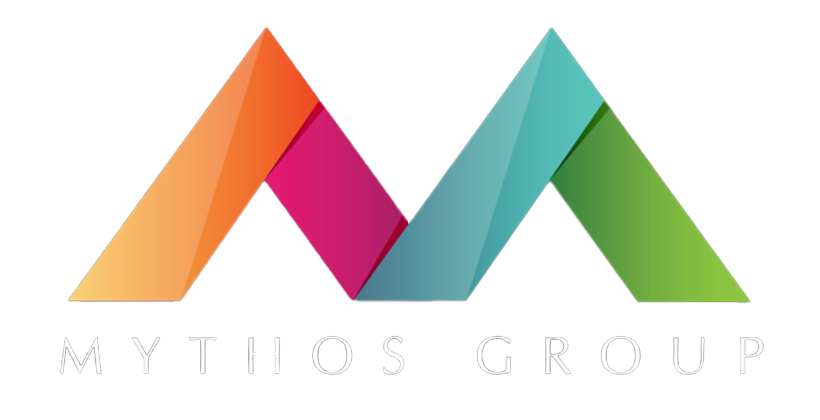The demand for deep, sustainable change in organizations is being driven hard by forces coming from all directions… and it’s only going to get worse. Today’s organizations have no choice but to transform, innovate, and find new ways to enhance profitability if they’re to stave off competition, keep shareholders happy, and do it faster with fewer resources.
There’s no question that business transformation has a positive impact on overall productivity, but sometimes it can be difficult to know where to start.
Select A Best-In-Class Framework
I wrote earlier [hyperlink to article] about how to build a Change Management Office (CMO) in six steps, the second of which is ‘Craft a Framework’. But the question then becomes “which framework is right for me?” and it’s something I’d like to address here.
By taking a structured approach to business transformation, organizations can smoothly and cohesively transition from where they are to where they want to be. And with the right framework in place, there are proven methods to successfully integrate people process and technology in the service of achieving strategic intent.
No Cookie Cutter Solution
Without a doubt, one size does not fit all when it comes to change management frameworks. When selecting a framework, there needs to be a clear understanding of the scope, complexity, and impact of the organizational transformation. Organizations need also understand that the chosen framework must:
- Be capable of delivering the required organizational change successfully.
- Be nimble, flexible, and scalable.
- Embody the organization’s corporate culture, including capability, competency, and capacity to manage change.
There are numerous proven and excellent change management frameworks on the market. Some focus on affecting individual change, others on enterprise change, while several focus on the emotional transitions associated with the change. Some of the more popular organizational change management frameworks include:
- Kurt Lewin’s Three-Phase Model for Change
- William Bridges – Managing Transitions Model
- Knoster T. et al – Managing Change Model
- GE Change Acceleration Program (CAP)
- Rosabeth Moss Kanter’s Change Wheel
- John Kotter’s 8-Step Change Model
- Robert Lussier’s 5-Step Model for Change
- Prosci’s ADKAR Model
- Kubler-Ross – The 5-Stage Change Curve
A Hybrid Framework Is Often Best
While an organization may prefer to work with just one framework, it’s often impractical. That’s because no change management framework is comprehensive enough to address all the complex elements of the business transformation and the dynamics of each workplace. Applying change management frameworks is not an exact science and requires experience, resourcefulness, and flexibility to understand what specific tools are required to address a specific need.
As a practical example, a biopharmaceutical company had recently acquired another biopharma firm and the integration of the two companies presented a complex business transformation. The merged company needed to realign its strategic vision, corporate culture, organizational structures, HR, compliance policies and procedures, and IT infrastructure. Since the scope of the business transformation was complex, the company realized that a single framework would not address all their needs. Instead, the company broke down the large business transformation into smaller, more-focused initiatives in order to leverage the most appropriate frameworks that best supported their specific needs.
Frameworks Have Commonalities
Regardless of which model you choose, there are some common themes and recommendations that emerge:
- Create a compelling business case that clearly articulates the rationale for change, and its associated benefits.
- Identify a credible change sponsor, and develop a coalition to lead the change effort.
- Make it stick! Develop programs that motivate and reward the desired behaviors for sustained change.
- Clearly define and share a change vision. Getting buy-in across the organization is key
- Develop a change strategy. Identify potential resistance to the change, and develop appropriate mitigations.
- Communicate early and often. Transparent communication is the glue that holds the change effort together.
As Peter Drucker, the inventor of modern management said: “The greatest danger in times of turbulence is not the turbulence – it is to act with yesterday’s logic.” Nothing could be truer today.
Senior leaders must be able to transform their organizations regularly to deliver long-term competitive advantage, in an environment where organizational change is becoming more frequent, complex, and risky.
Mythos Group’s presentation, “Change Management Frameworks”, contains more detail on this and other recommendations, and is available to download for free from https://bit.ly/MG-Presentations.







